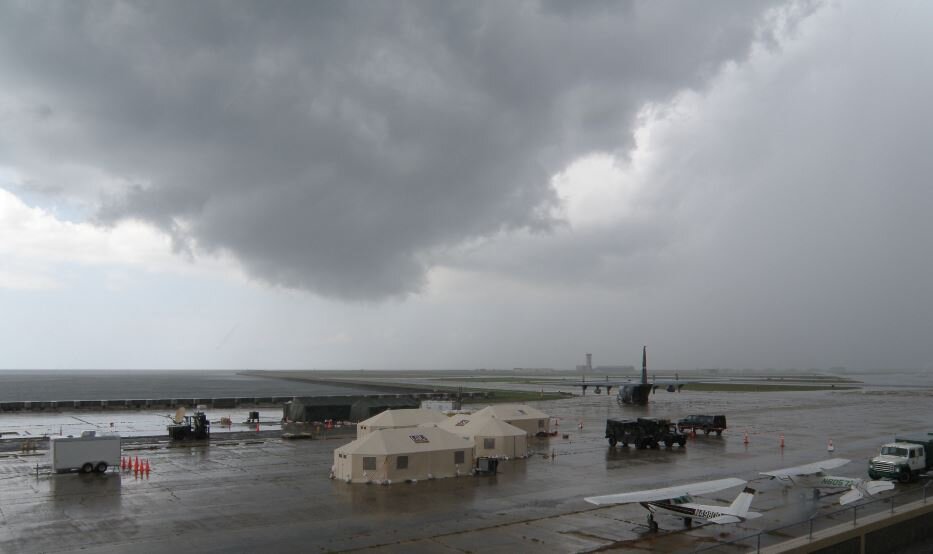Western Shelter has joined forces with Rajant Corporation, the Kinetic Mesh® wireless network provider, and Dejero, the leader in Smart Blending Technology for cellular backhaul, in designing a “Rapid Shelter and Network Deployment Kit”, used internationally by mobile field hospitals, disaster recovery centers, and emergency shelters in critical environments.
“We are charged with excitement for this partnership with Rajant and Dejero. It will allow us to provide private wireless network communications between field hospitals, command centers, and any variety of mobile sites, along with ultra-reliable, multi-network cellular backhaul,” said Bryan Hunt, Western Shelter Director of Sales. “This kit deploys quickly and serves as an essential product during an emergency response situation. The kit is the first of its kind to offer a complete wireless communication solution, including cellular backhaul and Kinetic Mesh to connect all remote sites while providing ubiquitous VoIP and Wi-Fi access. United States government-level encryption also meets HIPAA requirements for the use of this kit.”
Connectronics, a wireless distributor based in Cedar Rapids Iowa, created the kits and pre-configured all units to connect out-of-the-box. The Base Kit includes three (3) ES1-2450R BreadCrumb radios. The radios are accompanied with a Dejero GateWay network aggregation device to provide smart cellular bonding for high-capacity instant backhaul as well as remote support, tripod/speaker stands, a storage case, ethernet cables, zeroize cables, AC/DC plus DC/DC POE, antennas, lifetime software/firmware support, and post-sales support. Expansion and Enhanced Kits are also available.
“Western Shelter is the preferred choice for the disaster and medical response communities. They have been proven to support dependable field applications, which range from temporary shelter systems like housing camps, bases of operation, and mobile field hospitals,” stated Peter Lenard, Rajant Senior Vice President of Business Development. “Rajant is honored to provide simple, scalable, and instantaneous communications anywhere emergencies and frontline response are required.”















